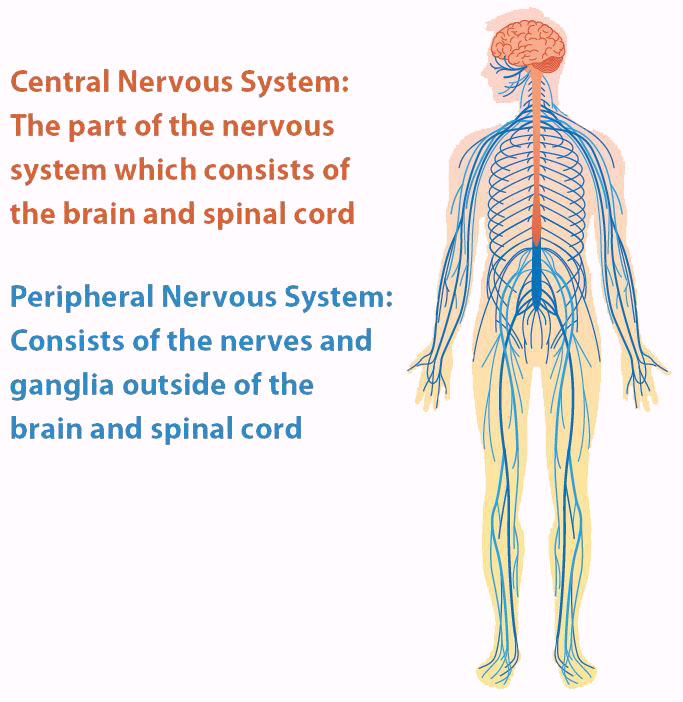Articles by Laxmaiah Manchikanti, MD
and Mahendra Sanapati, MD

What is Neuropathic Pain?
Neuropathic pain involves the central nervous system, which includes the brain and spinal cord, or the peripheral nerve system, which includes all the other nerves. Neuropathic pain can happen if your nervous system is damaged or not working correctly. The pain may be continuous or intermittent, described as stabbing, electric shocks, pins and needles, burning or cold sensations, numbness and itching. Neuropathic pain may affect as many as 5% to 10% of the population.

Central neuropathic pain is commonly found in spinal cord injury, multiple sclerosis, and some strokes. Peripheral neuropathic pain is secondary to diabetic neuropathy, herpes zoster infections, shingles, or HIV-related infections, nutritional deficiencies, toxins, and trauma to the nerve trunk. Neuropathic pain is also very common in cancer. It also may be associated with chemotherapy, radiation therapy, or surgery.
Neuropathic pain may be very difficult to treat with less than 50% of people achieving some relief. Most common treatments are some antidepressant medications and antiepileptic drugs including Neurontin and Lyrica.
An Interventional Pain Physician can diagnose neuropathic pain and treat to reduce pain, increase function, and help make life easier to live.
